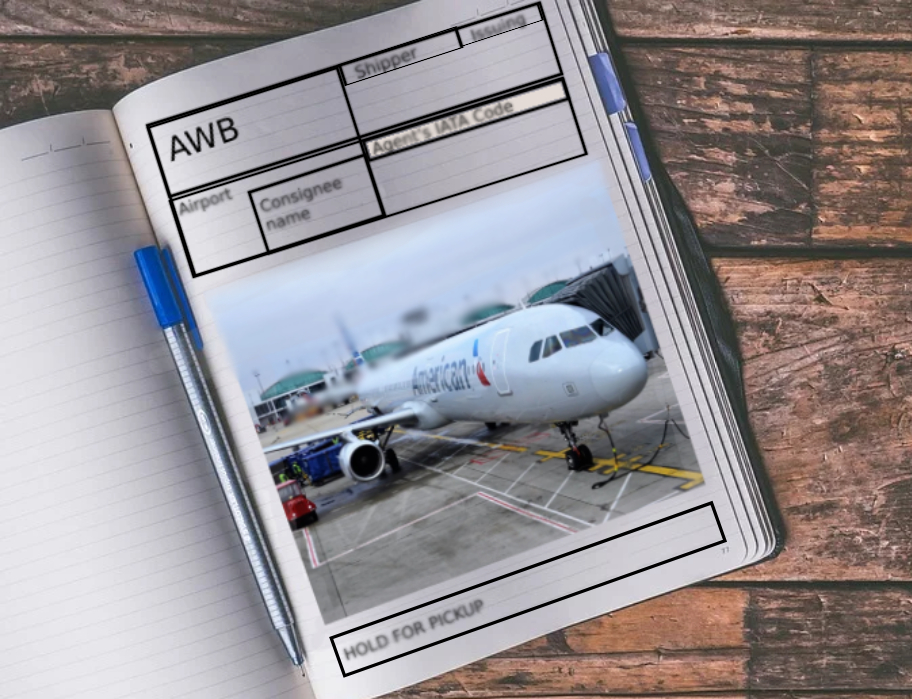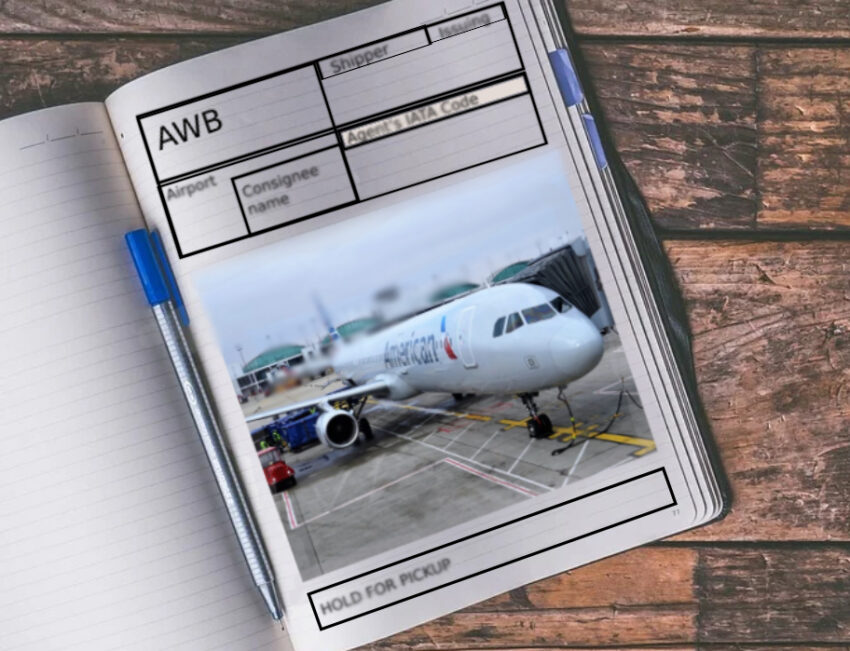The e-AWB or Electronic Air Way Bill which was introduced back in 2010 has gradually become the default carriage contract. It is applicable for all airfreight shipments and its use is expanding rapidly. Today’s article is about the use and advantages of e-AWB for air freight forwarders and the things you need to do to adopt this mode of paperless connectivity.
What is e-AWB?
The paper air waybill (AWB) is an important air freight document that forms the contract between the forwarder or shipper and the airline or the carrier. The e-AWB is the electronic version of the paper airway bill. IATA uses this term to describe the exchange of EDI messages or electronic data for concluding the carriage contracts. In other words, it is the digital equivalent of the paper AWB. Its function is to minimize inaccuracies, reduce paperwork, reduce labour and ensure enhanced communication. Putting it simply, it substitutes the paper version of all documents exchanged between the air freight forwarder and the carrier. These documents can include customs papers, commercial documents, transportation documents, or any other paperwork.

Types of e-AWB
The e-AWB can be classified into a few types like MAWB, HAWB, and eCSD. The MAWB or Master Air Way Bill is international paperwork that abides by the IATA rules. They are responsible for protecting the cargo and enumerates the terms and conditions of the carriage. The House Air Way Bill or HAWB is a global document issued by the forwarder or shipper. It comes with all the terms and conditions of the freight forwarder. The Electronic Consignment Security Declaration or eCSD is a regulatory document that protects the shipment. More than ten years since its implementation, the e-AWB is the default carriage contact for all air freight shipments since January 2019. This is a major step forward in the air freight shipping industry where paper documents are becoming a thing of the past.
How air freight forwarders can implement the e-AWB?
The implementation of the e-AWB is a major change for international air cargo service providers. However, implementing this is absolutely crucial since the elimination of paperwork results in a seamless workflow. Additionally, it helps you to easily keep track of the cargo’s route.
The e-AWB implementation process consists of 4 steps:
-
Join the IATA e-AWB agreement
The first step in the process is joining the Multilateral e-AWB Agreement (MeA). After signing this agreement, the freight forwarders can execute e-AWBs with all other parties of this agreement. Moreover, it allows the forwarders and carriers to lawfully enter into an electronic agreement. Henceforth, the freight forwarders will have a one-stop-shop that will enable them to tender eAWB shipments to several airlines across all the major international airports. Just complete the following steps to join the agreement.
- Complete the form with all the details about your organization’s information.
- After getting the agreement do your e-signature online. You can also choose to sign in PDF format and send the signed contract to IATA.
- Once IATA signs the MeA, you will receive the copy. Now you are a member who can collaborate with other members.
Most importantly, all of this can be done free of charge.
-
Make sure that you have adequate tech support
The most important function of e-AWB is the easy interchange of shipment status between the shipper and the carrier. Precisely for this reason, all the parties including the forwarder, the ground handlers, and the carriers need robust technological capacity. Therefore, the software you use must be capable of executing the bellow functions.
- Send e-AWB messages
- Get notifications and flight status
- Capacity to archive e-messages
- Print-on-demand AWB
In order to carry out these operations, the air cargo forwarders need to use Cargo-XML. Cargo XML is the preferred standard for communication with carriers and other stakeholders of the process. However, the Cargo- XML toolkit isn’t available for free. You need to pay something between $999 to $4995 to IATA for using this toolkit.
-
Check the quality of the e-messages
Before commencing the e-AWB exchanges, it is important to check the quality of the data. Keep in mind that the messages you are sending online are actual documents. Therefore the slightest hitch in the quality of the message can spell disaster. This is why you need to be mindful of the following aspects of your electronic message:
- Invalid data
- Delays in message transmission
- Inaccurate configuration of the cargo system resulting from problems with message integration and print layout
- Syntax error in the text
Quality assurance of the message is crucial both in the early stage as well as after the implementation of the e-AWB. IATA Cargo-XML Auto Check Tool can be of immense help in this regard.
-
Activate the contract by contacting your partner carriers
The final step of e-AWB implementation consists of corroborating the willingness of both the shipper and the carrier. Before anything else, you need to activate the agreement with your airline partner. Your partner airline will provide you with an Activation Notice that allows for e-AWB processes between both parties. This notice comes with the locations of the airports and the effective shipment dates. Airfreight forwarders along with their partner airlines can commence the e-AWB exchanges after signing this Activation Notice.
Benefits of the e-AWB for international air cargo service providers
-
Greater productivity
E-AWB eliminates all the redundant data entry of paper-based processes, the e-AWB greatly improves efficiency. Now there is no need for manual comparison of system data and AWB data, or manual filing and storage of documents. Furthermore, it lowers waiting times and allows all the parties to access the information in real-time and move the cargoes as per the schedule. Lastly, it allows the air freight forwarders to create accurate data.
-
Cost reduction
E-AWB greatly helps to lower document processing costs. Moreover, it eliminates the need for document deliveries and also reduces storage expenses.
-
Faster processes
The electronic- Air Way Bill cuts down the time spent on the process of document creation and delivery by up to 24 hours. They allow the air freight shipping industry to obtain and send out cargo information in advance of the shipment.
-
Better customer service
It allows forwarders to provide better and more efficient services by simplifying the process of document generation and handling. Most importantly it enhances the visibility of the air freight shipment process and allows customers to be updated with their shipment status at all times. E-AWB removes the possibility of missing documents or discrepancies in data and notifies all the stakeholders about any document issues. This ensures that all adjustments are made and the shipment is loaded on time.
-
Enhanced reliability
The e-AWB augments the reliability of data by ensuring accuracy, validity, completeness, and consistency. It allows for more efficient use of the client’s data throughout the entire process. Moreover, it reduces the possibility of delays and provides all the stakeholders of the process with instant access to e-data.


